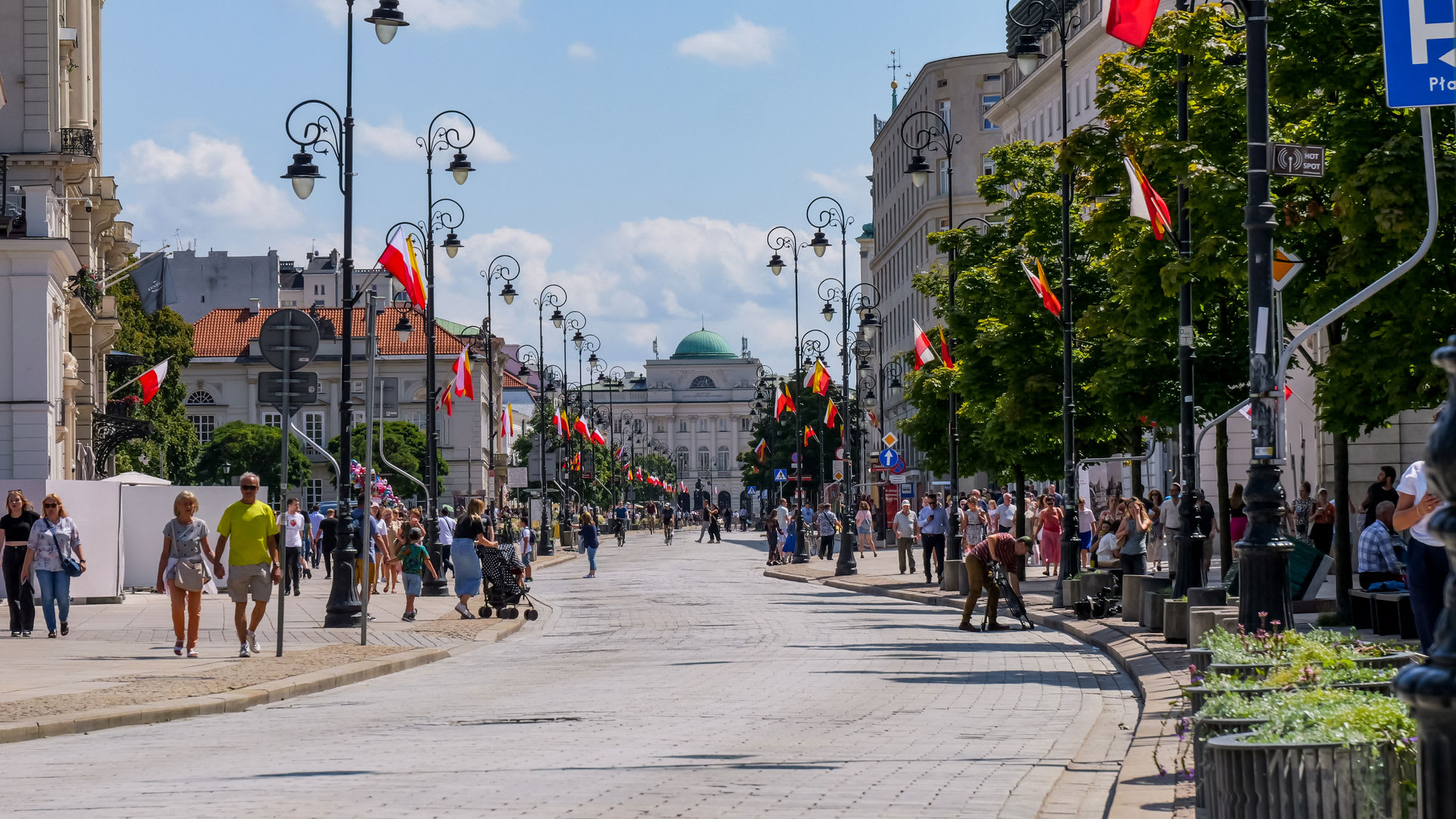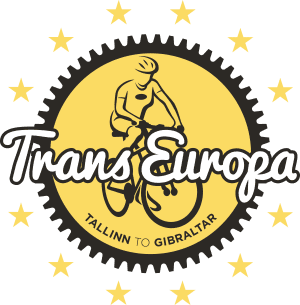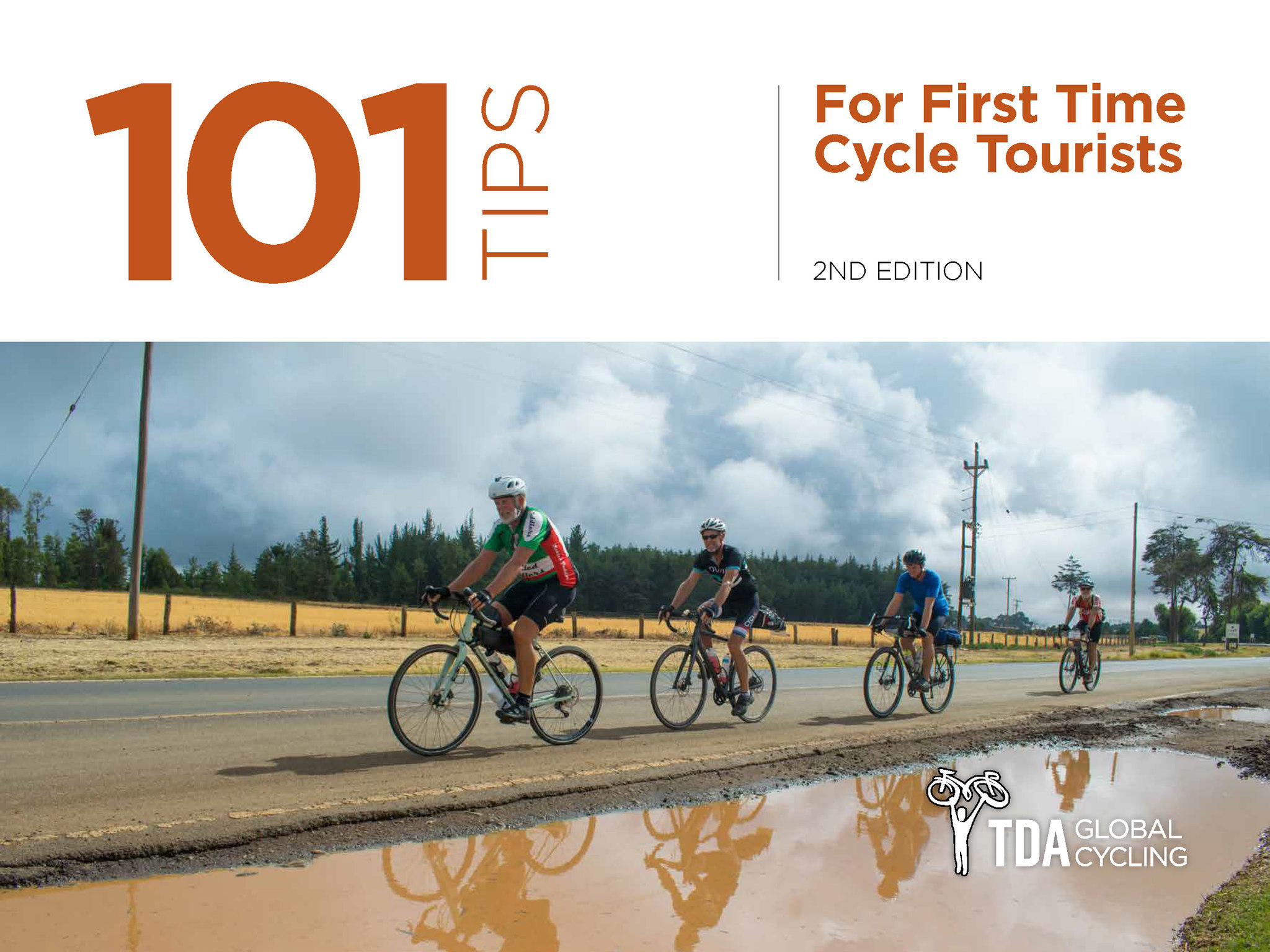Blog
The Rise of Poland – A History of Struggle
Ethan Weil is the Content Creator on the 2023 Trans-Europa Cycling Tour. After cycling through Poland he decided to take a closer look at the country’s recent history.
Poland is a country in Eastern Europe with a rich history dating from medieval tribes to the modernity of the present day. Its past may have been plagued by wars, occupation and corruption but the people have stood proud in recent years as the country is fast becoming one of the most influential in Europe. However, it is also important to know the history of how Poland got to where it is today.
Complete Destruction
Poland was at the centre of World War Two as Nazi Germany invaded from the west on September 1st, 1939 and 16 days later the Soviet Union attacked from the east. This resulted in the loss of over 5 million of its citizens. The destruction that was left behind by the war is estimated to have cost Poland the equivalent of more than US$1.5 trillion. With such staggering loss of life and a shattered economy, Poland was in desperate need of rebuilding as the war came to an end.

Soldiers stand guard at the Tomb of the Unknown Soldier in Pitsudski Square in Warsaw
Soviet Influence and the Eastern Bloc
After World War Two ended in 1945, the U.S.S.R. had many soldiers remaining all throughout Eastern and Central Europe. Many believe this military influence in the region attributed to the formation of the Eastern Bloc, more formally known as the Warsaw Pact. This resulted in the creation of a number of satellite states of the Soviet Union – Albania, Bulgaria, Czechoslovakia, East Germany, Hungary, Romania and Poland. The 1947 election marked Poland’s official transition into a communist nation. A constitution was formally introduced in 1952, creating the Polish People’s Republic. Poland was communist-led economy with an extremely slow growth period that lasted all the way until 1989.
With the end of the Soviet Union, Poland began a democratic transition and on October 27th, 1991 they had their first democratic election since the 1920s. This marked the moment Poland moved away from communism and towards a democratic and westernized government. It was a pivotal moment as this change can be a delicate time and corruption can easily develop. In 1993 the last Soviet troops left the country and from then on, Poland’s economy started to grow.
Welcome to NATO and the EU
The democratic transition of Poland in 1989 allowed them the freedom to decide on the direction of their economy and to determine their own security policy without interference. In March of 1991 the Warsaw Pact was dissolved and in July of the same year, it ceased to exist, allowing Poland to join NATO. In the same month, the Polish President at the time, Krzysztof Skubiszewski, emphasized that Poland wished for a secure and safe place in Europe. While joining NATO helped boost Poland’s security, they also were admitted to the European Union on May 1st, 2004 which helped boost their economy.

Polish flags line the street near the Old Town in Warsaw, commemorating the 1944 Warsaw Uprising against the Nazis
The Phases of Growth
Poland has now managed to grow its economy for more than three decades, essentially achieving the longest period of growth in modern European history. Not many countries have ever able to manage that. Poland has found a different growth strategy for each of the three decades which has allowed the economy to grow incredibly fast. The first decade’s growth strategy was all about developing capitalism.
In the second phase during the 2000’s they focused on integrating into the globalized world as part of the EU. They concentrated on utilizing their cheap labor and manufacturing skills which was enough to continue uplifting the Polish economy. Another major benefit of EU membership was the redistribution of money from richer member states to the less developed ones in order to balance the wealth disparity in the Union. Poland used this money to further improve its economy, building roads and creating universities.
The third phase, bringing us to the present day, is the use of education. Poland was able to move its economy away from cheap industrial labor and manufacturing for foreign companies and instead developed into having one of the largest pools of engineering talent in Europe. Whereas Poland used to have a brain drain as higher educated people left the country during the communist era, they are now returning to help develop Warsaw’s growing tech industry. Foreign businesses are investing in the country with Google opening research and development hubs.
With all the changes and positive developments in the economy, Poland has also begun a historic military buildup and has created one of the strongest militaries in Europe. The reasons for Poland doing so stems from its not so recent history of invasion and Soviet influence. All NATO member states are encouraged to contribute 2% of GDP to military spending . Poland already spends 2.42%, one of the highest in NATO. After the Russian invasion of Ukraine, Poland has now decided to increase its spending to 4 or 5% in the coming years, higher than any other NATO member.
Once Poland was considered nothing more than a cold, poor, post-communist nation with a cheap industrial workforce but has now has developed into a thriving economy. The country has evolved economically, politically, and militarily in 30 years, largely by leaving its post-Soviet influence behind. It is still lagging behind some of its Western neighbours in terms of GDP but its steady growth has been impressive and some people have predicted that their economy might surpass Great Britain’s by 2030. The rise of Poland has been truly remarkable and it seems it will continue to become more and more influential within the European Union as time passes.
RELATED
TOUR

Trans-Europa
Join us on this spectacular 2 1/2 month cycling adventure across Europe. The route passes through eleven countries, starting in Tallinn and finishing...
 REGISTER NOW
REGISTER NOW




Leave a Comment for "The Rise of Poland – A History of Struggle"